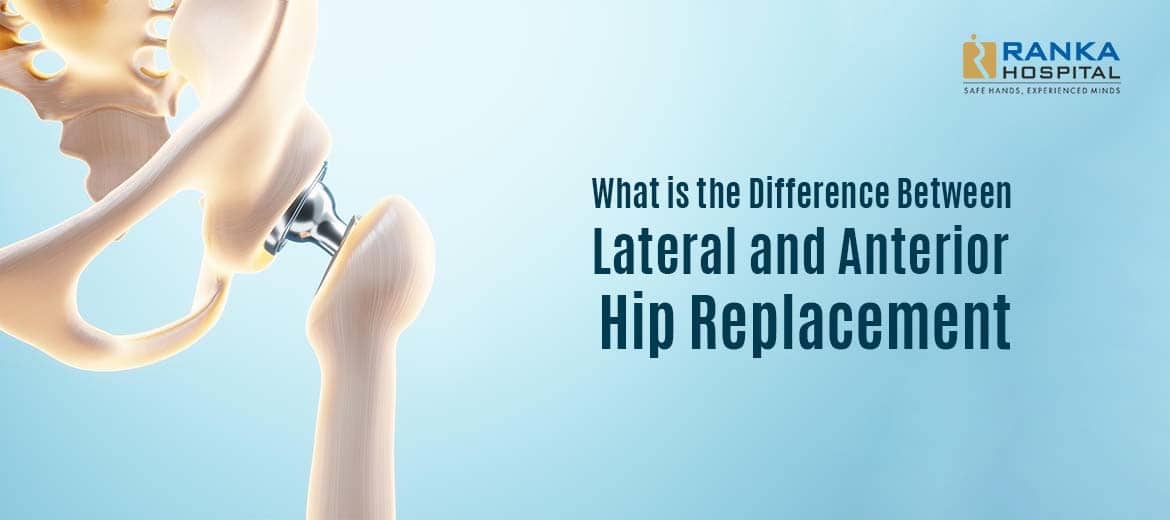What is the Difference Between Lateral and Anterior Hip Replacement?
When non-surgical treatment options fail in relieving hip pain or repairing hip joint damage, the most obvious option doctors are left with is total hip replacement. Besides, conditions like infections, fractures, osteoarthritis, loss of blood supply, abnormal growth, tumors, etc., also require the patient to undergo total hip replacement surgery.
But total hip replacement surgeries have undergone a significant evolution. Factors like technological advancements and individual suitability have led to the discovery of different total hip replacement surgical procedures. Lateral and anterior hip replacement are two of them. Both are unique with differences. Let’s look at some.
Lateral vs. Anterior Hip Replacement – Differences
Here are some differences between the lateral and anterior hip replacement procedures.
| Lateral Hip Replacement | Anterior Hip Replacement |
| Surgeons conduct the process at the side of the hip joint. They make an incision directly outside of the hip. | The patient lies on the back and then the surgeons make a surgical incision coming down the front thigh. |
| It comprises a balance of having a versatile incision which surgeons can use to rectify deformities and insert exclusively made implants with fewer dislocation cases following surgery. | Along with a lower dislocation rate than that of the posterior counterpart, anterior hip replacement enables quicker postoperative recovery than the other surgical approaches. In addition, the hospitalization duration also is lower than other types of surgical procedures. |
| One of the disadvantages of lateral hip replacement is that the hip joint’s abductor muscles have to be cut to access the hip. The muscles gradually heal. However, the impaired healing may result in a limp while walking. In addition, dissecting through these muscles can lead to heterotopic ossification, an unusual bone growth. Although a possibility after any type of surgical approach, heterotopic ossification is more common with the lateral surgical procedure. | Anterior hip replacement also has some disadvantages associated with it. The surgical exposure involved in the procedure can prove challenging, especially for the muscular people or with a noteworthy girth at the body’s center. Hence, you need a surgeon highly experienced and proficient in these types of surgical procedures. Besides, you cannot place all implants with an anterior process. Also, managing anatomical deformities or revising hip replacement could prove daunting. Another significant disadvantage of the anterior process is that it can injure the femoral cutaneous nerve helping detect skin sensation. Although it doesn’t affect the walking function, it can form a patch of numbness on the thigh’s frontal side. |
As stated earlier, every surgical approach is distinct and has its peculiarities to consider. As someone looking to undergo total hip replacement surgery, you should be aware of the surgical procedure’s fundamental approach and its pros and cons. Your doctor should inform you about everything essential and answer all your questions, while helping you make an informed and suitable decision.
Visit Ranka Hospital if you are looking for more information on hip replacement surgeries or intending to undergo them to repair hip damage or alleviate hip joint pain. Our surgeons and doctors will provide all the information you need and discuss the suitability of various surgical approaches based on their diagnosis, your condition and body needs.
Call us at 020 – 24261528 to book an appointment with our expert doctors.

